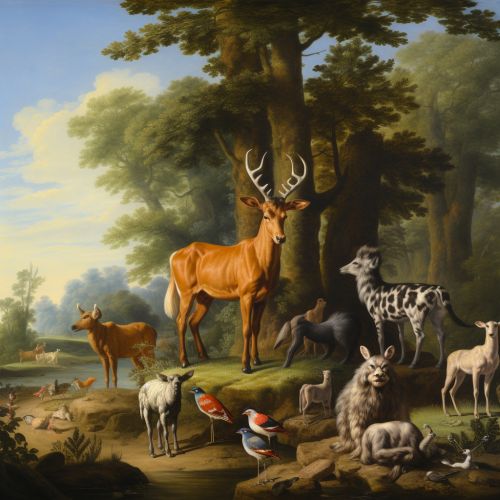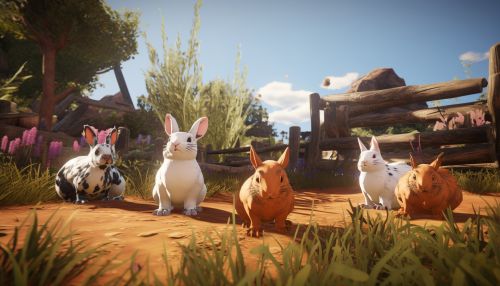Estivation
Introduction
Estivation, or aestivation, is a state of animal dormancy, similar to hibernation, characterized by inactivity and a lowered metabolic rate, that is entered in response to high temperatures and arid conditions. It takes place during times of heat and dryness, the hot dry season, which are often the summer months.
Biological Mechanism
In order to survive the high body temperatures and the intense heat of the summer months, animals that estivate employ a number of physiological and behavioral adaptations. These adaptations might include a decrease in metabolic rate, changes in the production of heat shock proteins, and alterations in the composition of cell membranes.


Animals that Estivate
A wide variety of animals estivate. These include mammals like the hedgehog, reptiles such as the crocodile, and amphibians like the frog. Invertebrates, such as snails and earthworms, also estivate.
Mammalian Estivation
Among mammals, estivation is not as common as hibernation. However, some mammals like the hedgehog, dormouse, and the spiny anteater are known to estivate. These mammals will typically seek out a cool, dark location, often underground, where they will remain dormant until the hot, dry season has passed.
Reptilian Estivation
Reptiles, such as the crocodile, tortoise, and some species of lizard, are known to estivate. These reptiles will often burrow into the ground or find a sheltered place to stay cool and reduce water loss.
Amphibian Estivation
Amphibians, like the frog, toad, and salamander, are perhaps the most well-known estivators. These amphibians will often burrow into the ground and secrete a layer of mucus to prevent water loss during the dry season.
Invertebrate Estivation
Invertebrates, such as snails and earthworms, also estivate. These invertebrates will often retreat into their shells or burrow into the ground to avoid the heat and dryness of the summer months.
Impact on Ecosystem
Estivation has a significant impact on the ecosystem. During the period of estivation, animals are not active and therefore do not contribute to the food chain in the same way they would during their active periods. This can have a ripple effect on the ecosystem, affecting predators, prey, and plant life.
